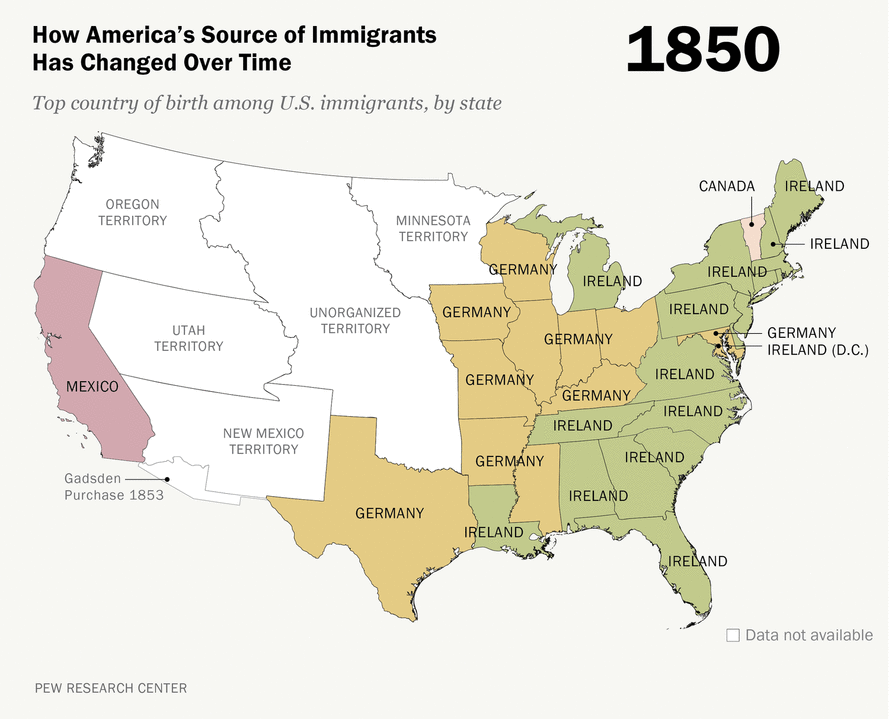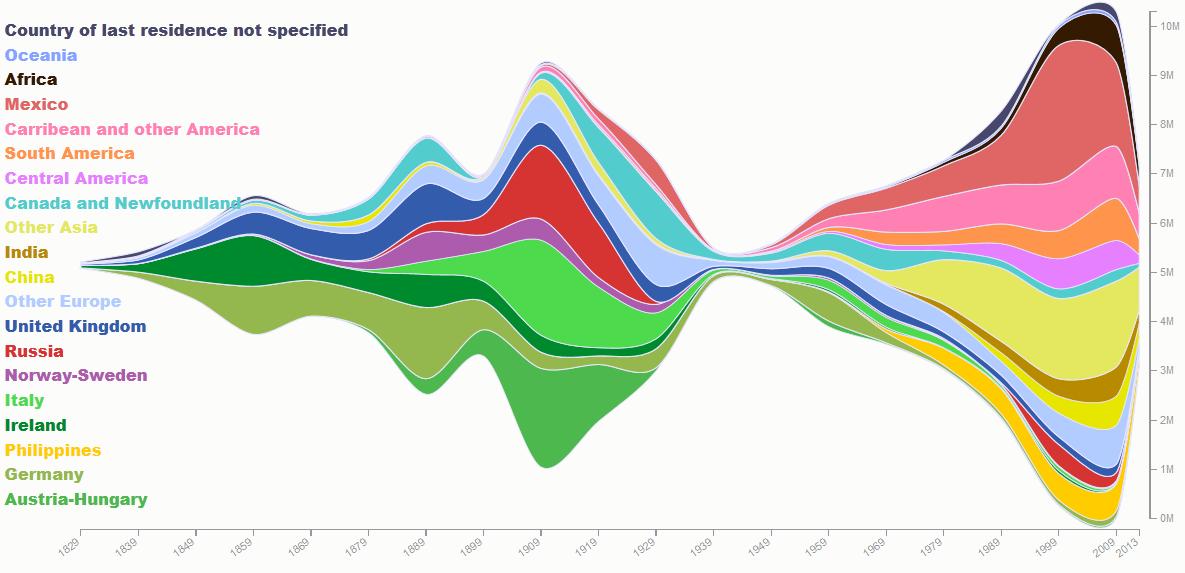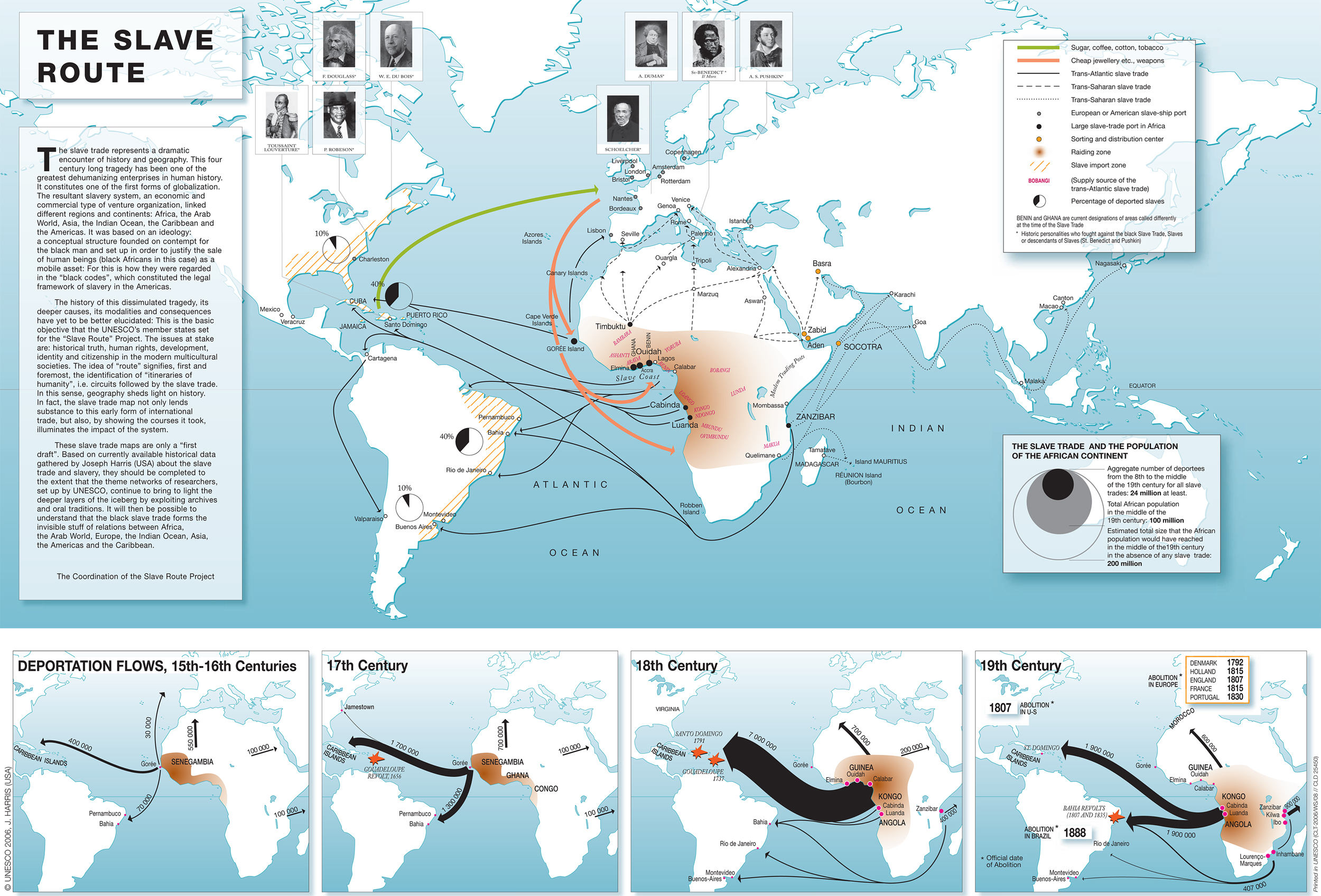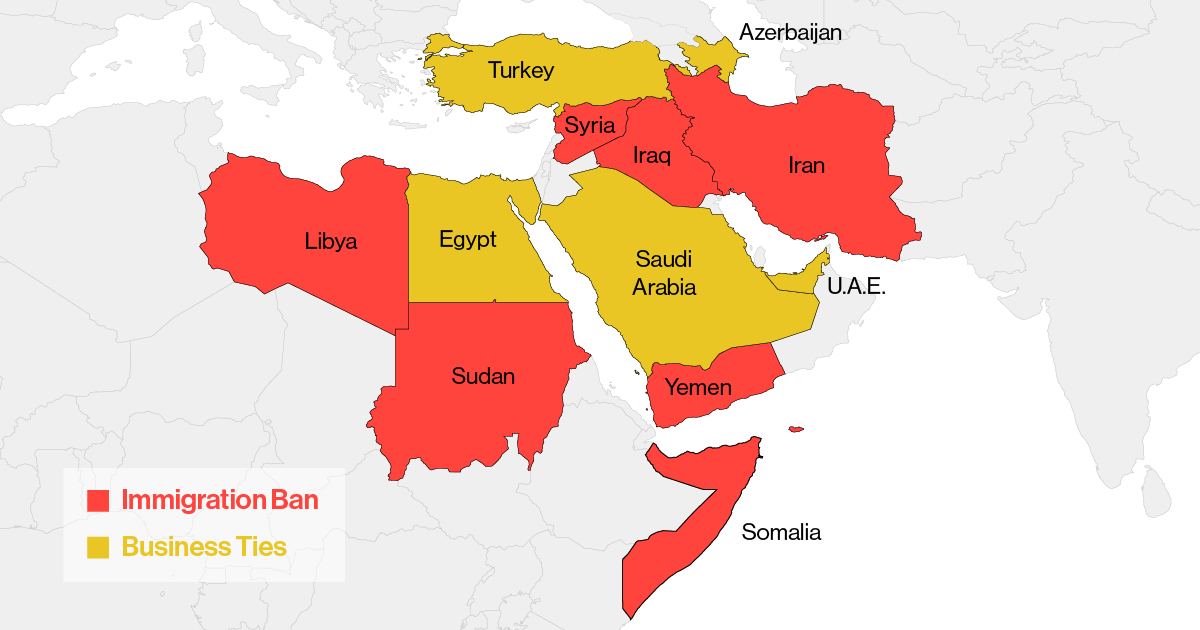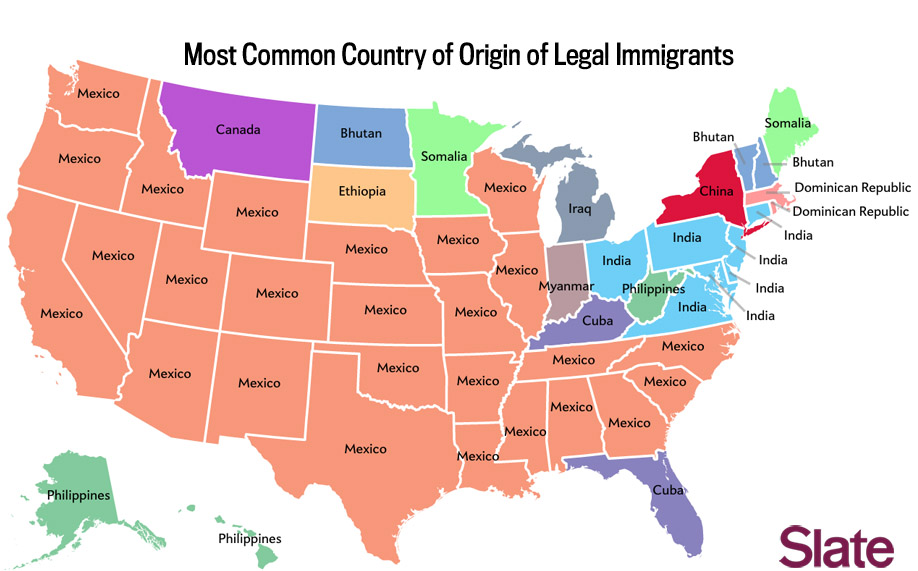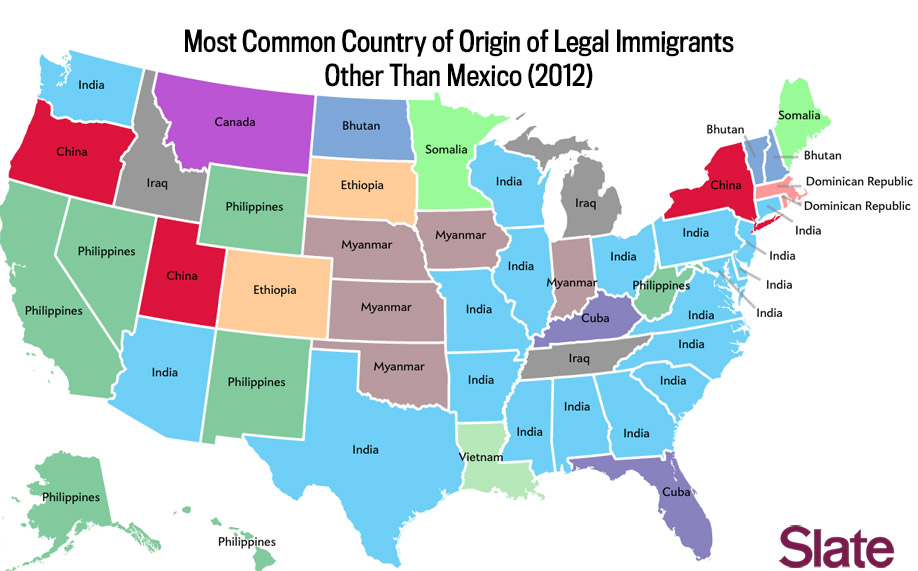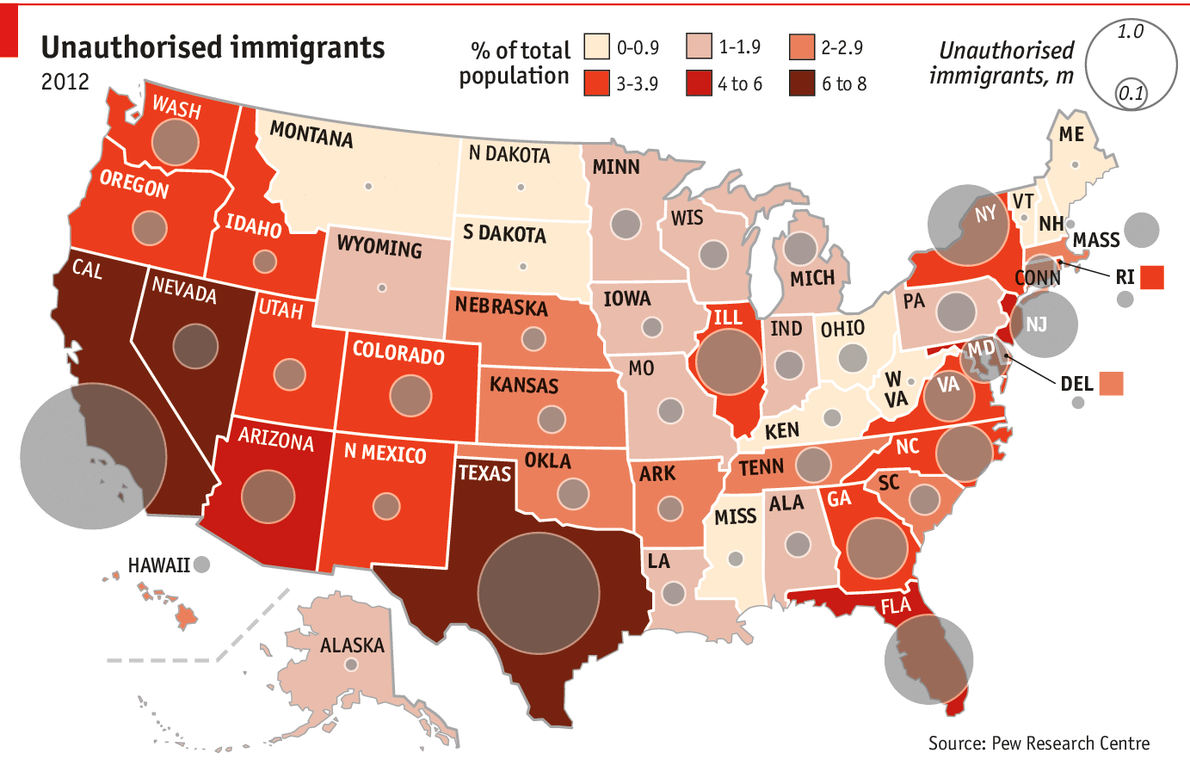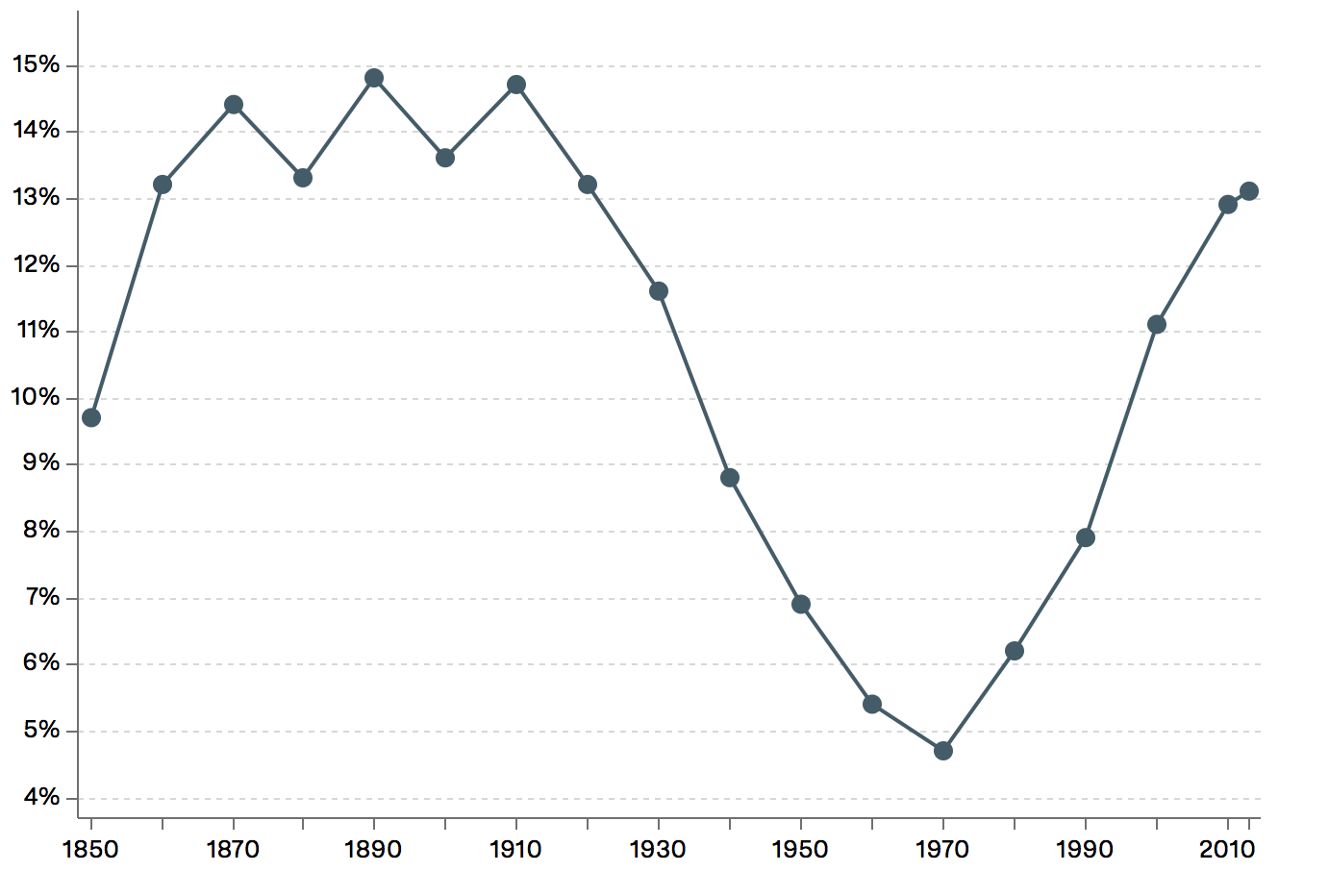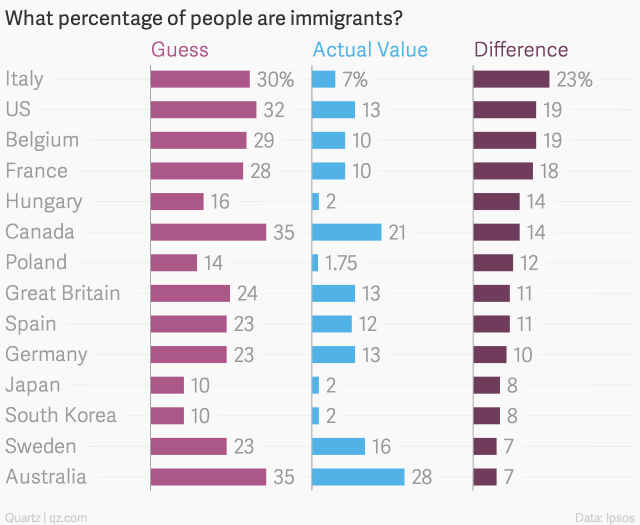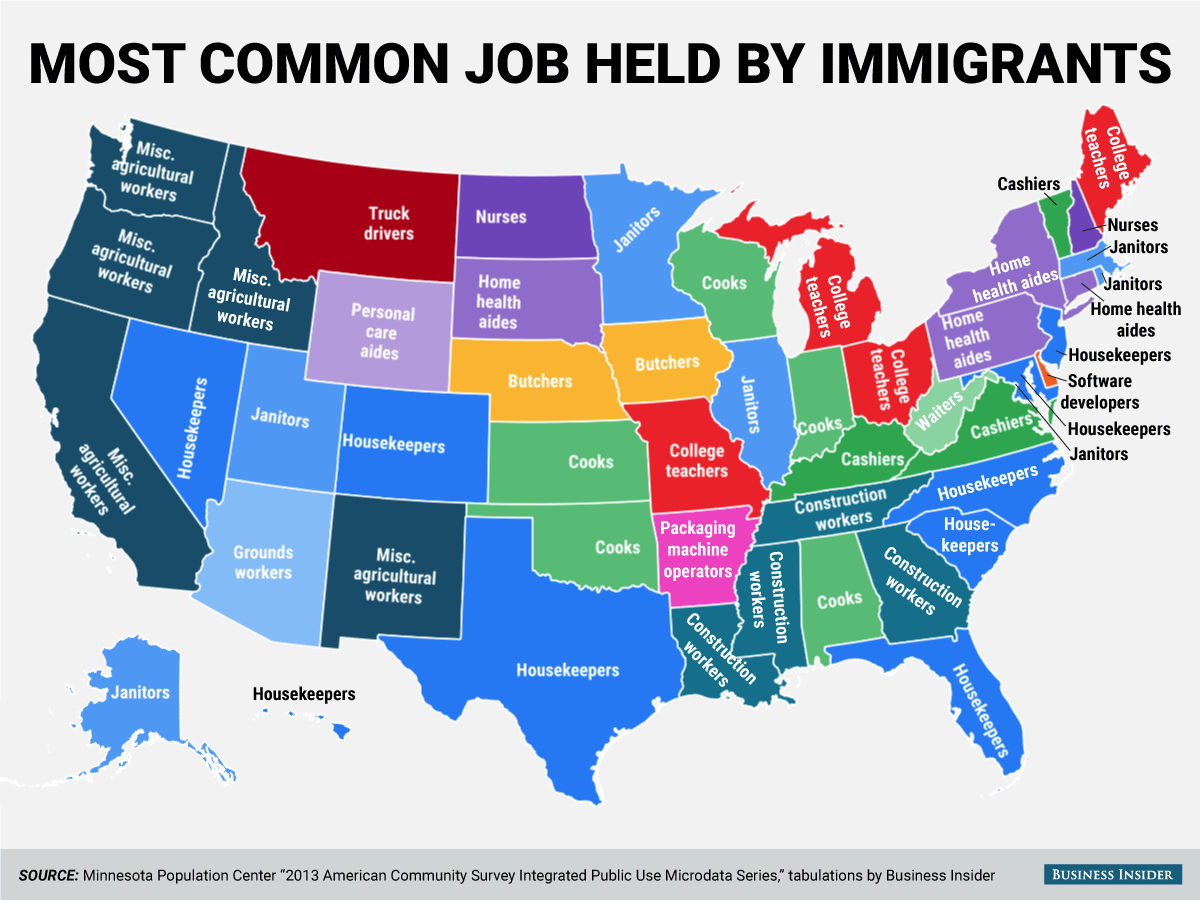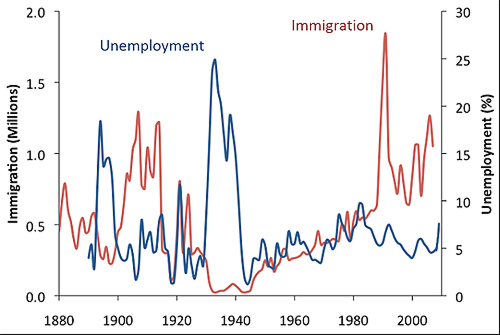
Getting Rich with GIS? That is just what Uber have done.
Getting Rich with GIS? That is just what Uber have done. They are one great example of an organization using the ability to answer a core ‘where’ question to build an incredible business.
Let’s look at Uber. They have transformed the taxi industry. How?
By using the power of ‘where’ and maps.
Its hard sometimes to step out of our GIS-centric world and think more widely about the opportunities to solve non asset focused problems. Traditional applications of geospatial technology has centred on managing ‘stuff’: water valves, gas pipelines, roads etc. Obvious. But questions which revolve around ‘where’ are far wider than assets and infrastructure. On the surface these are less obvious. But scratch beneath the surface and you find innovators like Uber.
Think of the traditional Yellow Taxi cab business. As a consumer we call, we wait. A dispatcher sends in your pick up call location to a driver. At some point that driver arrives.
In contrast, with Uber your interaction is via a map-centric app. You request through the app a ride. The CLOSEST driver is notified. You can track his/her movements on the map knowing exactly when your ride will arrive.
Wonderful.
A fantastic consumer experience. But let’s look at Uber themselves. They are using the data they gather from their app to streamline their business. How?
Uber advises drivers to be in certain ‘hotspots’ during particular times of day to maximize their revenue.
How do Uber know about these hotspots? Customers tell them with the push of a button in their app. Uber records and tracks this information over time. Simple. And incredibly powerful.
To create that wonderful consumer experience, Uber matches the closest driver with the customer requesting a ride, this minimizes wait time and maximizes driver utilization and earnings.
Think of the Yellow Cab companies. They operate blindly; gathering no spatial data to understand better their constantly changing market. Drivers are driving blind to demand. Customers are blind to the supply of taxi cabs.
By building a business based on geospatial technology. Uber have transformed the taxi industry. How have they done this? By improving marketplace efficiency.
The article originally posted on WebMapSolutions blog.






